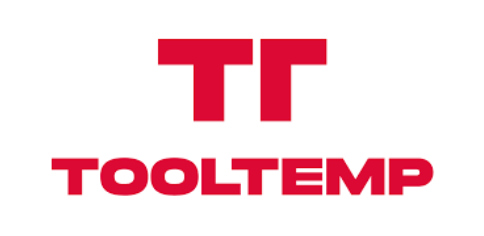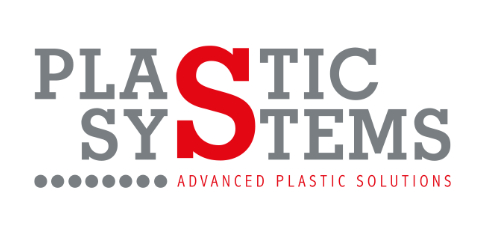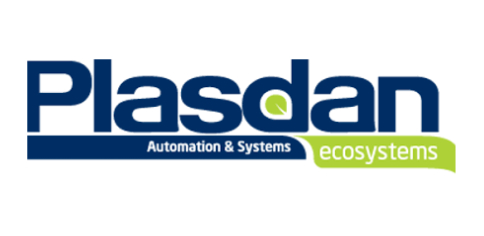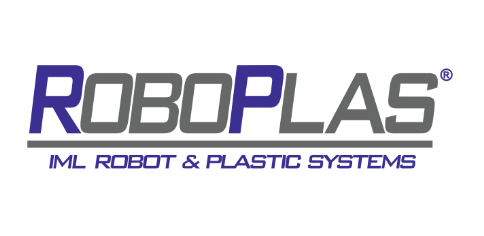Injection Moulding

Tasman Machinery proudly represents world leaders in the injection moulding sector. Names such as Sumitomo-Demag, Yushin, & Tool-Temp, are recognised as best-in-class in their chosen fields.
Other names such as Dri Air, Blauwer, Smartflow, and Plastic Systems, while not as widely known across the globe, through Tasman Machinery have forged strong reputations across Australia and NZ.
Sumitomo-Demag is the acknowledged world leader in all electric injection moulding machines. The direct drive technology of Sumitomo is recognised as the most energy efficient, accurate and repeatable drive technology available for injection moulding.
Across Australia & NZ we have hundreds of machines in operation, manufacturing everything from food packaging to medical components, to FMCG’s.
To ensure our customers gain the highest levels of productivity most of our injection moulding machines are sold with robotics from Yushin of Japan.
Yushin is Japan’s largest manufacturer of robots for the injection moulding sector. Yushin’s reputation is built upon supplying robots of the highest quality with high-speed movements & positional accuracy in every axis, all whilst offering user friendly controls.
In Mould labelling (IML) of packaging is ever increasing, driven by both improved marketing, and ease of recycling. Roboplas IML offer an excellent value proposition for companies looking for IML solutions. Roboplas have hundreds of systems in operation around the globe and offer market leading levels of service and support to their customers.
Tool-Temp temperature control units have been delivering accurate temperature control to injection moulders for over 50 years. Whether using water for temps to 95Deg°C. or oil units for 200+°C, or pressurized water units to 160°C Tool Temp offer a full range of solutions. Swiss built quality is assured.
Plastic Systems provide a full range of equipment for material handling, masterbatch dosers, blending units, single & three phase loaders, desiccant dryers, and other ancillary equipment. Whether looking for stand-alone equipment, or a complete material handling system for a new factory, Tasman has the expertise to help with specialist team members in sales and installations.
Chillers, dry coolers & adiabatic cooling system from Blauwer provide customers with high quality European equipment, with a strong emphasis on energy efficiency and ease of use.
A step-by-step description of the injection molding process:
- Mould Design: The process begins with the design and creation of a mould. The mould consists of two halves, a cavity and a core, which define the shape of the final product. The mould is typically made from hardened steel and is precision-machined to ensure accuracy and durability.
- Material Preparation: The selected thermoplastic material, usually in the form of small pellets or granules, is fed into a hopper. The material is then heated and melted in a cylindrical chamber called the barrel, which is equipped with a heating element and a screw.
- Injection: Once the material is melted, the screw rotates and injects the molten material into the mould. The screw functions by moving forward and pushing the material through the barrel and into the mould. The injected material fills the cavity and takes the shape of the mould.
- Cooling: After the mould is filled, the molten material begins to cool and solidify within the mould cavity. Cooling is typically achieved by circulating coolant or water through channels within the mould. The cooling time can vary depending on the material and the size and complexity of the part.
- Mould Opening: Once the material has sufficiently cooled and solidified, the mould is opened. The two halves of the mould separate, allowing the newly formed part to be ejected. Ejection pins or other mechanisms are used to push the part out of the mould.
- Part Ejection: The ejection system pushes the part out of the mould, and it is typically automated. The part may have excess material or flash around its edges, which is trimmed off during this stage. The excess material can be recycled and reused in the injection moulding process.
- Mould Closing: After the part is ejected, the mould halves close again in preparation for the next cycle. The mould is clamped shut with a high force to ensure that it remains closed during the injection process and maintains the desired shape of the part.
- Repeat: The process is repeated to produce multiple parts in a continuous cycle. The cycle time varies depending on factors such as the complexity of the part, material properties, and cooling time required.
Get Started














